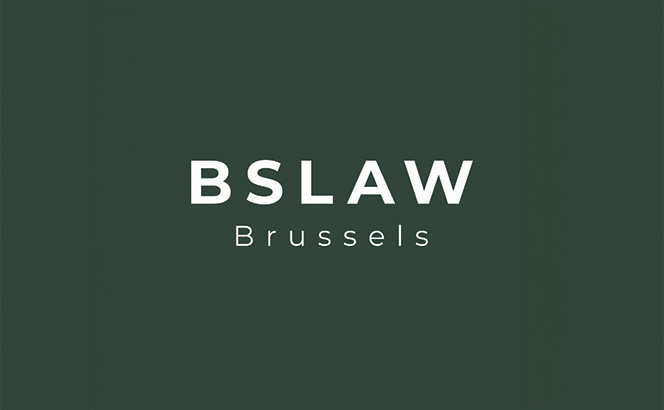
The advent of artificial intelligence (AI) has ushered in an era of unprecedented technological advancements, transforming various sectors by enhancing efficiency, accuracy, and decision-making capabilities. However, the proliferation of AI technologies also brings forth significant challenges, particularly concerning safety, fairness, transparency, and accountability. In response to these challenges, the European Union (EU) has proposed and the European Parliament has formally adapted the EU AI Act, a comprehensive regulatory framework aimed at fostering innovation while ensuring the safe and ethical deployment of AI systems. A central element of this framework is the requirement for conformity assessments, particularly for high-risk AI systems. This article explores the intricacies of conformity assessments as mandated by the EU AI Act, detailing their purpose, processes, and implications for AI developers and users.









